Archives
- 2018-07
- 2019-04
- 2019-05
- 2019-06
- 2019-07
- 2019-08
- 2019-09
- 2019-10
- 2019-11
- 2019-12
- 2020-01
- 2020-02
- 2020-03
- 2020-04
- 2020-05
- 2020-06
- 2020-07
- 2020-08
- 2020-09
- 2020-10
- 2020-11
- 2020-12
- 2021-01
- 2021-02
- 2021-03
- 2021-04
- 2021-05
- 2021-06
- 2021-07
- 2021-08
- 2021-09
- 2021-10
- 2021-11
- 2021-12
- 2022-01
- 2022-02
- 2022-03
- 2022-04
- 2022-05
- 2022-06
- 2022-07
- 2022-08
- 2022-09
- 2022-10
- 2022-11
- 2022-12
- 2023-01
- 2023-02
- 2023-03
- 2023-04
- 2023-05
- 2023-06
- 2023-07
- 2023-08
- 2023-09
- 2023-10
- 2023-11
- 2023-12
- 2024-01
- 2024-02
- 2024-03
- 2024-04
- 2024-05
- 2024-06
- 2024-07
- 2024-08
- 2024-09
- 2024-10
- 2024-11
- 2024-12
- 2025-01
- 2025-02
- 2025-03
- 2025-09
-
br Conclusion Growth survival and invasion of most PCs
2025-02-28
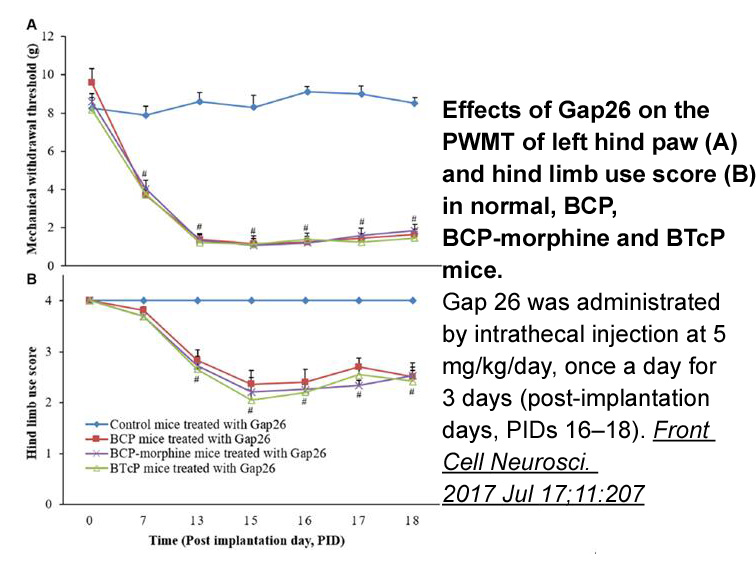
Conclusion Growth, survival, and invasion of most PCs have been shown to be androgen-dependent at the onset of castration therapy [31]. Thus, castration therapy has been central to systemic therapy and remains the standard approach to PC treatment. Even after progression to a castration-resistant
-
Moreover our present work suggests that AXL
2025-02-28
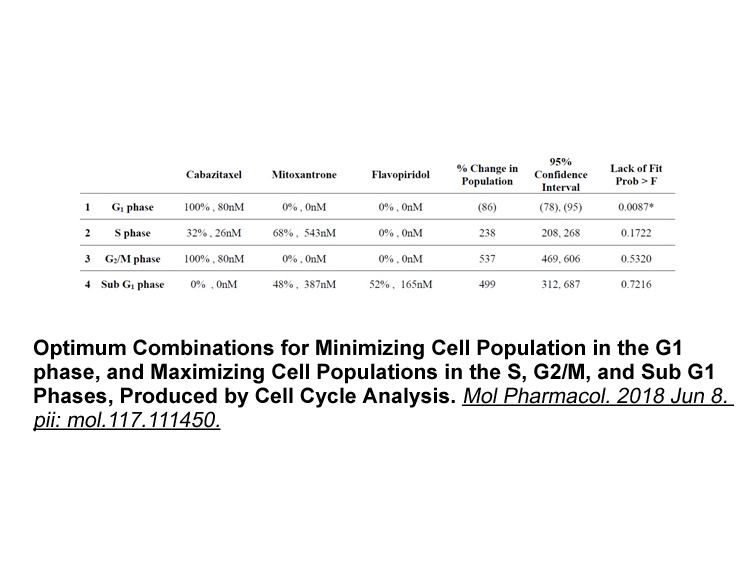
Moreover, our present work suggests that AXL could be a modulator of sunitinib response, at least for cell lines that present high endogenous levels of this RTK activation, since we observed an increased responsiveness to sunitinib in crizotinib activated with AXL receptor ligand. A role for AXL in
-
NOXA a BH only protein is best
2025-02-28

NOXA, a BH3-only protein, is best known as a selective inhibitor of MCL-1, which is a highly expressed pro-survival protein in many human malignancies [30]. In addition, NOXA was recently proven to act as a direct activator via directly binding to BAX to induce apoptosis [31]. Given that its levels
-
Given the recent discovery of regions of single stranded DNA
2025-02-28
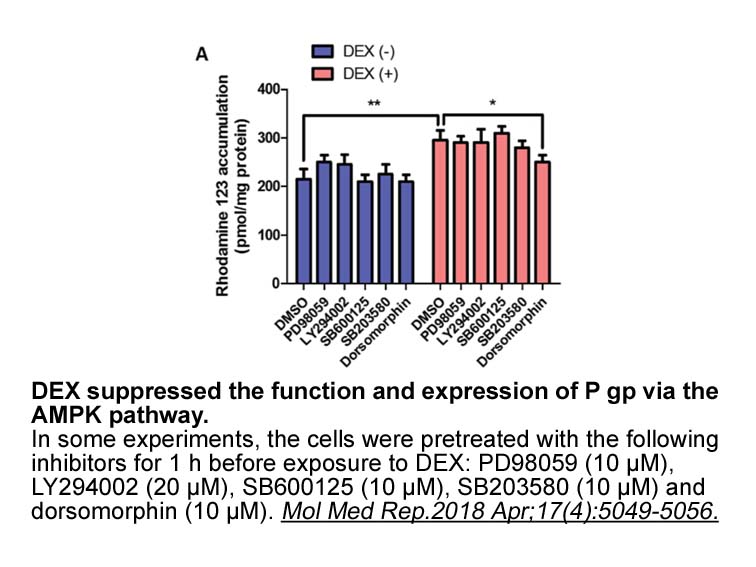
Given the recent discovery of regions of single-stranded DNA in the nuclei of hypoxic cells, the role for ATR in the response to hypoxic stress seems clearer . Zou and Elledge demonstrated that both Ddc 2 (the homolog of ATRIP) and ATRIP have a lower affinity for double-strand breaks than they do f
-
The Limitations of our data
2025-02-28
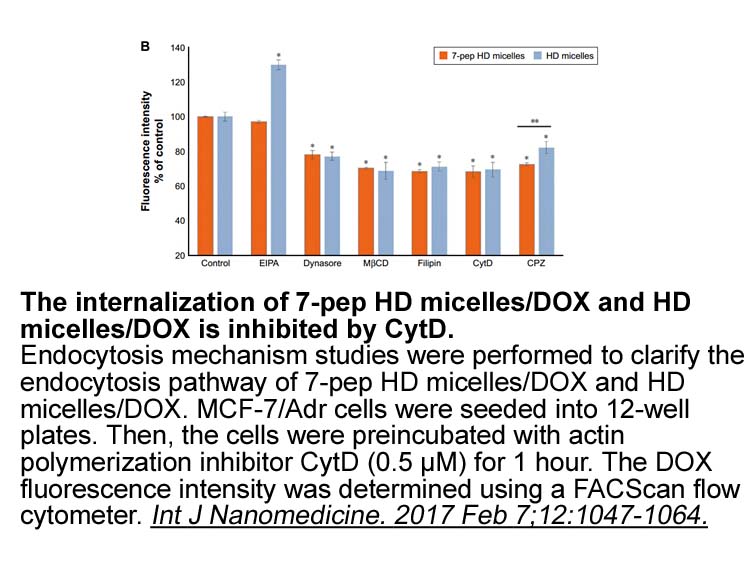
The Limitations of our data include the absence of functional/behavioral assessments and lack of direct comparison with females which would require additional studies and conceivably support sex-specific interventions for stroke [50]. Competing interests Acknowledgements This study was suppor
-
The incremental reduction albeit not statistically
2025-02-28
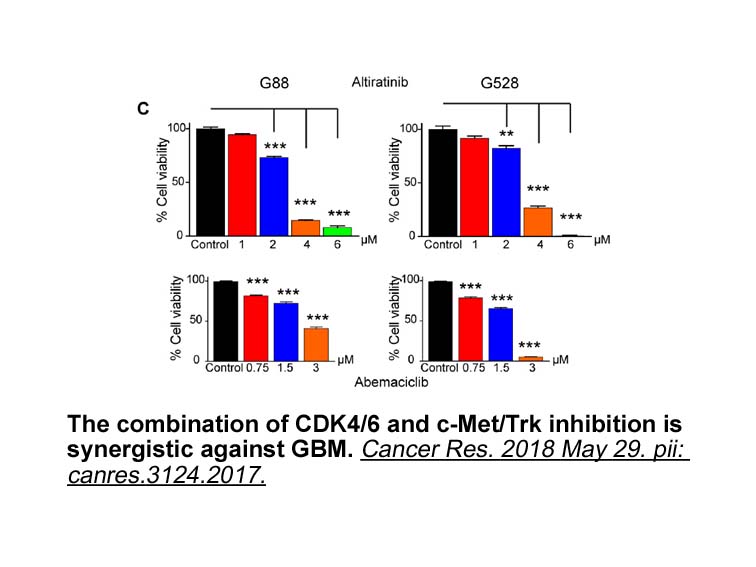
The incremental reduction, albeit not statistically significant, in collagen I with LCZ696 compared to perindopril treated animals, may therefore be related to a more compliant ventricle in LCZ696-treated animals. This is not so surprising given the incremental anti-fibrotic effect of the active met
-
br Results br Discussion Using primarily an electrophysiolog
2025-02-28
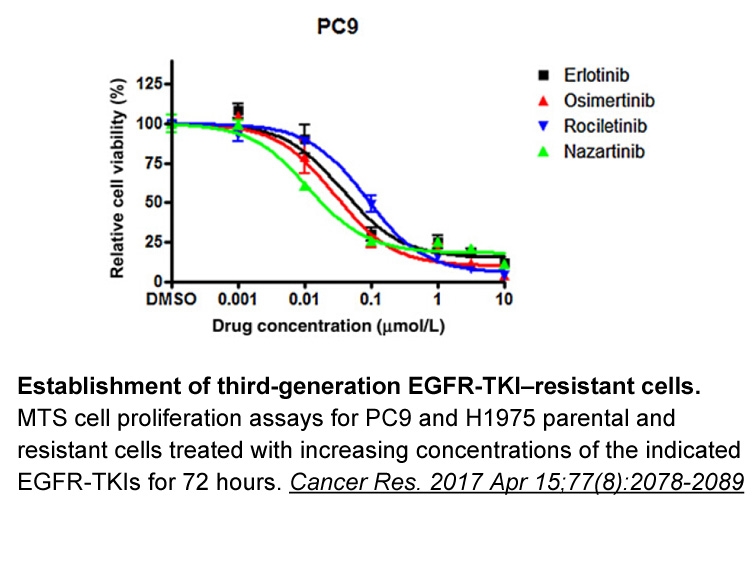
Results Discussion Using primarily an electrophysiological analysis of dysbindin-deficient hippocampal neurons in cultures and slices, we have uncovered a previously unreported role for dysbindin in enhancing CA3–CA1 AMPAR-mediated transmission. An earlier study, however, has reported a reduct
-
br Functional repercussions of each trimming pathway
2025-02-28

Functional repercussions of each trimming pathway A main difference between the two pathways presented in Fig. 1 lies in enzyme kinetics and selectivity. In pathway #1, the substrate for ERAP1 is free peptide, and so both kinetics and selectivity are determined by interactions between the peptide
-
RWJ 56110 This suggestion was confirmed by immunohistochemic
2025-02-28
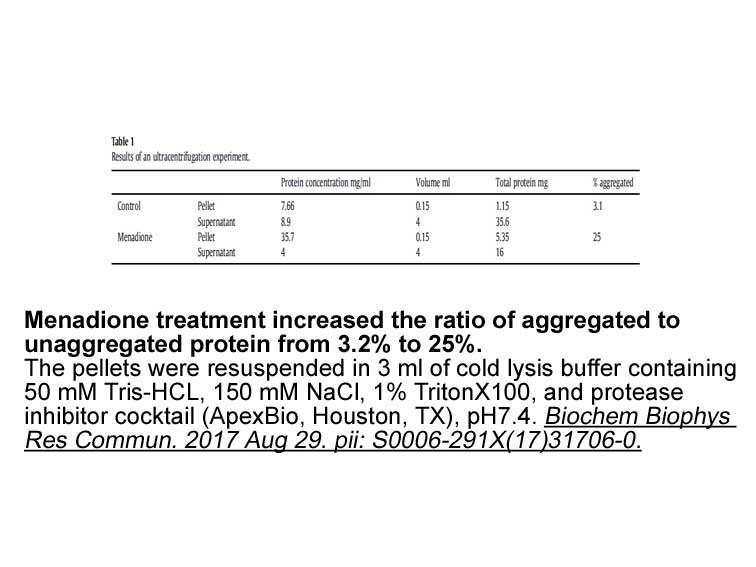
This suggestion was confirmed by immunohistochemical studies in which the immunoreactivity of the enzyme was actually higher at the earlier rather than at the advanced stages of the disease. Importantly, a later study showed that the biochemical signature of 12/15LO enzymatic activation (i.e., 12-HE
-
Overexpression of AR in a
2025-02-28

Overexpression of AR in a transgenic mouse model leads to a capsular cataract phenotype involving proliferation and formation of a fibrotic plaque of cells reminiscent of cells at the posterior Losartan Potassium in PCO [17]. To investigate the molecular mechanism that could link AR expression to t
-
In conclusion we show that HBP is phosphorylated
2025-02-28

In conclusion, we show that HBP1 is phosphorylated on three sites, which control HBP1 transcriptional activity and glioblastoma cell proliferation. This phosphorylation largely depends on AKT, although other kinases may also be involved. In a previous study, we had shown that the PI3K-AKT pathway re
-
The AHR potentially enhances IDO expression possibly via cro
2025-02-28
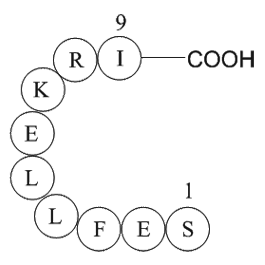
The AHR potentially enhances IDO-expression, possibly via crosstalk with several inflammatory signaling pathways (shown by now for IL6 and ‘signal transducer and activator of transcription’ (STAT) 3, and for NFκB, toll like receptor-pathways) [56,59,60]. IDO metabolizes Trp to kynurenines, which are
-
However although in vitro studies
2025-02-27
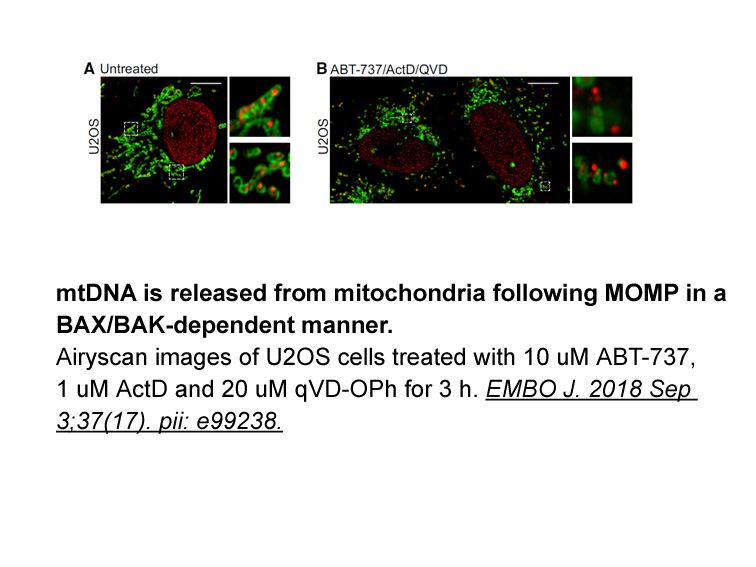
However, although in vitro studies in heterologous systems have provided very important indications of potential novel pharmacology, the studies with endogenous receptors in native tissues are essential to provide evidence for GPCR heteromerization in vivo and to confirm its physiological relevance.
-
In model plant Arabidopsis there are myosin XI isoforms
2025-02-27
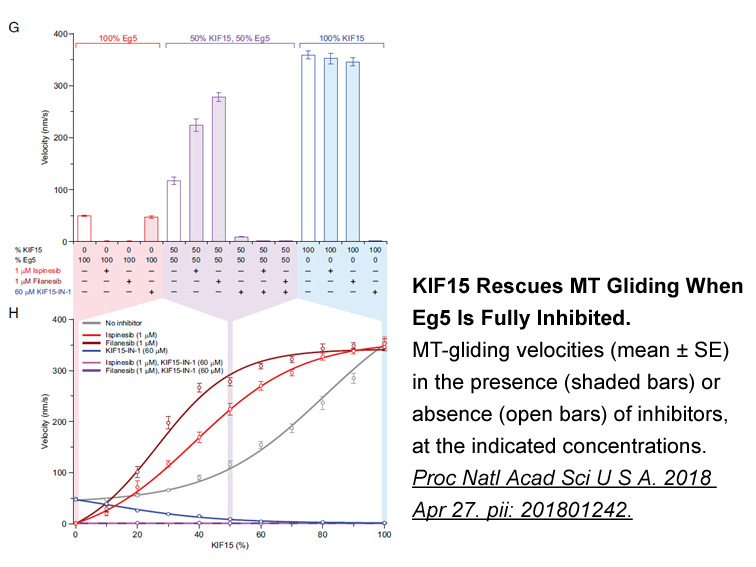
In model plant Arabidopsis, there are 13 myosin XI isoforms (XI-1, XI-2, XI-A, XI-B, XI-C, XI-D, XI-E, XI-F, XI-G, XI-H, XI-I, XI-J, and XI-K) and 4 myosin VIII isoforms (ATM1, ATM2, VIII-A, VIII-B) [9,13]. Arabidopsis myosin XIs have the common domain composition: a motor domain that interacts with
-
Materials and methods br Results br
2025-02-27
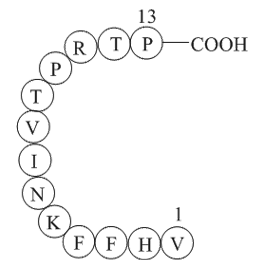
Materials and methods Results Discussion The BV-tag-based electrochemiluminescence immunoassay is an extremely sensitive assay. It has been employed for detecting analytes present in only picogram quantities (e.g., bacterial toxins [26], 486 2 [19]), measuring the activity of basic carboxype